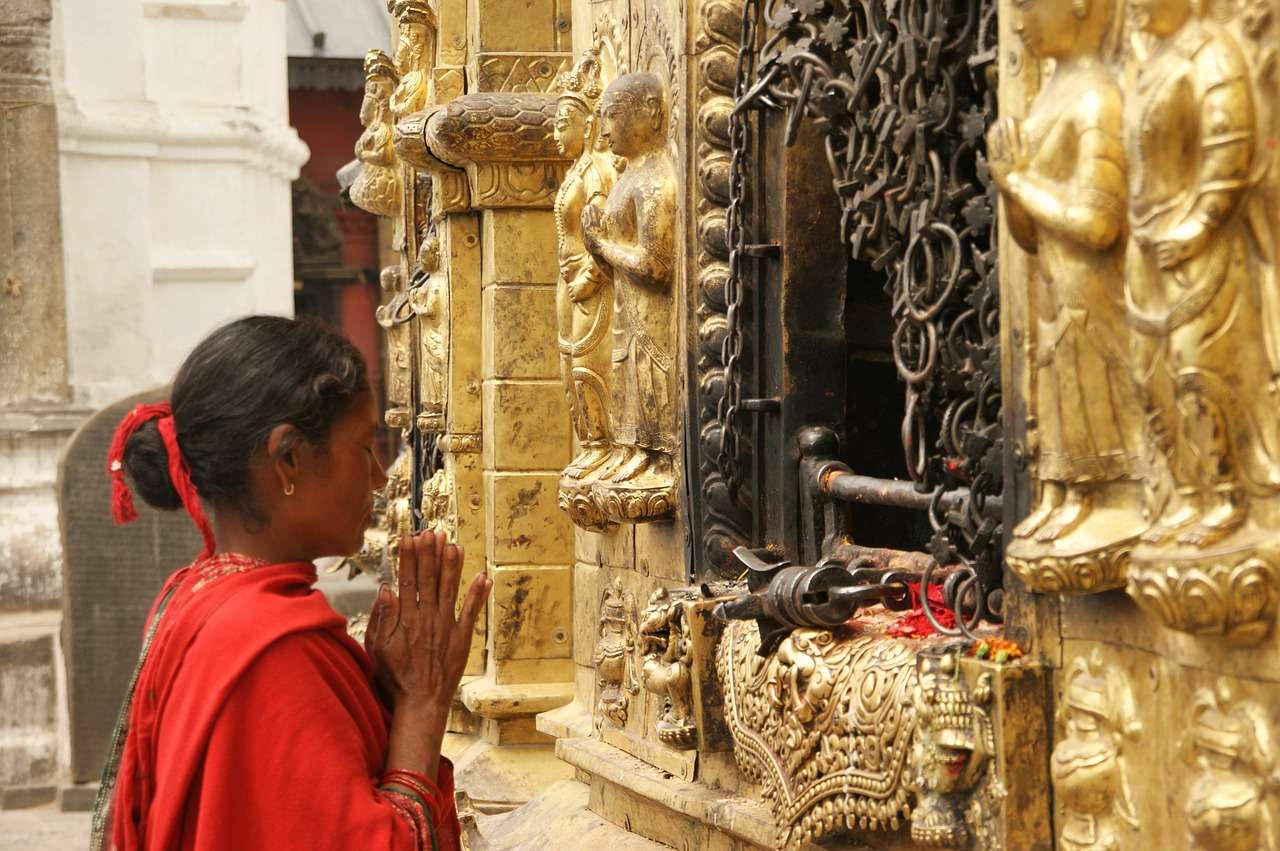Nepal is a diverse country with a rich cultural and religious heritage. It’s home to a wide range of holy places, temples, and monasteries associated with Hinduism, Buddhism, and other faiths. Here are some of the most significant holy places in Nepal:
Pashupatinath Temple
Pashupatinath is Nepal’s holiest Hindu Pilgrimage web page (followed by the remote Muktinath in the Himalayas). Like Varanasi in India – although on a considerably smaller-sized scale – it’s a time-warp of temples, cremation ghats, ritual bathers, and bearded, half-naked sadhus (religious mendicants). Dedicated to Lord Shiva (one from the Hindu trinity), the shrines and temples of Pashupatinath straddle the now-polluted Bagmati river which, like the Ganges, is regarded as sacred by the trustworthy. To die and to be cremated right here would be to be introduced from samsara (the cycle of rebirth during this world). This wooded ravine close to the golf course and airport is regarded as to be 1 with the abodes of Lord Shiva who’s the patron deity (in 1 of his much more benign types) of Nepal. Pashupati is one more identity for Shiva and means ‘Lord with the Animals’.
Dakshinkali Temple
Dakshinkali temple is situated in the Kathmandu Valley, this temple is dedicated to the goddess Kali and is known for its animal sacrifices, especially during the Dashain festival.
Lumbini
Lumbini, in the Rupandehi district, is the birthplace of Siddhartha Gautama, who later became Buddha. It is a UNESCO World Heritage Site and a major pilgrimage destination for Buddhists from around the world.
Swayambhunath
Swayambhu Stupa (Monkey Temple): Another iconic site in Kathmandu, Swayambhunath is a sacred Buddhist stupa that offers panoramic views of the city.
Boudhanath Stupa
Located in Kathmandu, this is one of the largest stupas in Nepal and a prominent Tibetan Buddhist pilgrimage site.
Namo Buddha
This sacred site is located in the Kavrepalanchok district and is associated with the Buddha’s life. It is believed that the Buddha, in a previous life, gave his body to a hungry tigress and her cubs at this place.
Kopan Monastery
Situated on the outskirts of Kathmandu, this Tibetan Buddhist monastery is known for its educational programs and spiritual retreats.
Manakamana Temple
Located in the Gorkha district, this temple is dedicated to the goddess Bhagwati and is accessible by a popular cable car ride.
Baraha Chhetra
Located in the Sunsari district, this Hindu pilgrimage site is dedicated to Lord Baraha and is associated with a legend in Hindu mythology.
Balmiki Ashram
The Balmiki Ashram is located in a forest on the bank of the Tribeni River, at the southwestern corner of Royal Chitwan Nationwide Park. It had been a retreat utilized by the great Hindu sage, Balmiki. This is exactly where Sita is said to have lived with her two sons, Labha and Kusha, soon after separating from Rama. Various statues had been unearthed in this region through an archeological excavation in the late 60’s. Recently, a temple of Sita continues to be built right here.
Devghat
Devghat is situated six km towards the north of Narayanghat, the gateway to the Royal Chitwan National Park. On the day from the Makar Sankranti festival in January, pilgrims come here to get holy dips in Narayani, shaped by the meeting of the Kali Gandaki and Trishuli. There is certainly a settlement of the local community of elderly, retired individuals here. Devghat could be arrived at by taking an everyday flight or bus services.
Muktinath
The main shrine of Muktinath is a pagoda-formed temple committed to the Lord Vishnu. Within the walls close to it are 108 water spouts. The Jwala Mai temple nearby features a spring and an eternal flame fed by normal fuel. Situated in the Mustang district, Muktinath is a highly revered pilgrimage site for both Hindus and Buddhists.
Janaki Mandir
This temple is located in Janakpur and is dedicated to Goddess Sita. It is considered a sacred site as it is believed to be the birthplace of Sita.
Gosaikund
A lake is considered to have been created by Lord Shiva when he thrust his Trishul (trident) into a mountain to extract water so that he could great his stinging throat following he had swallowed poison. There is a huge rock within the center of the lake, that is mentioned to become the remains of a Shiva shrine. Individuals often declare that they see Shiva lying inside the water.
Devotees collect right here in hordes about the complete moon evening of August to consider holy dips in the lake. Gosaikunda is located at an altitude of 4380 mt. towards the north of Kathmandu on the Langtang trekking path. The holy lake is a two-day long trek from Dhunche, which may be reached using an adventurous 118 km mountain road from Kathmandu through Trishuli Bazaar.
These are just a few of the many holy places in Nepal. The country’s religious and cultural diversity means that there are numerous sacred sites, each with its unique significance and traditions.


